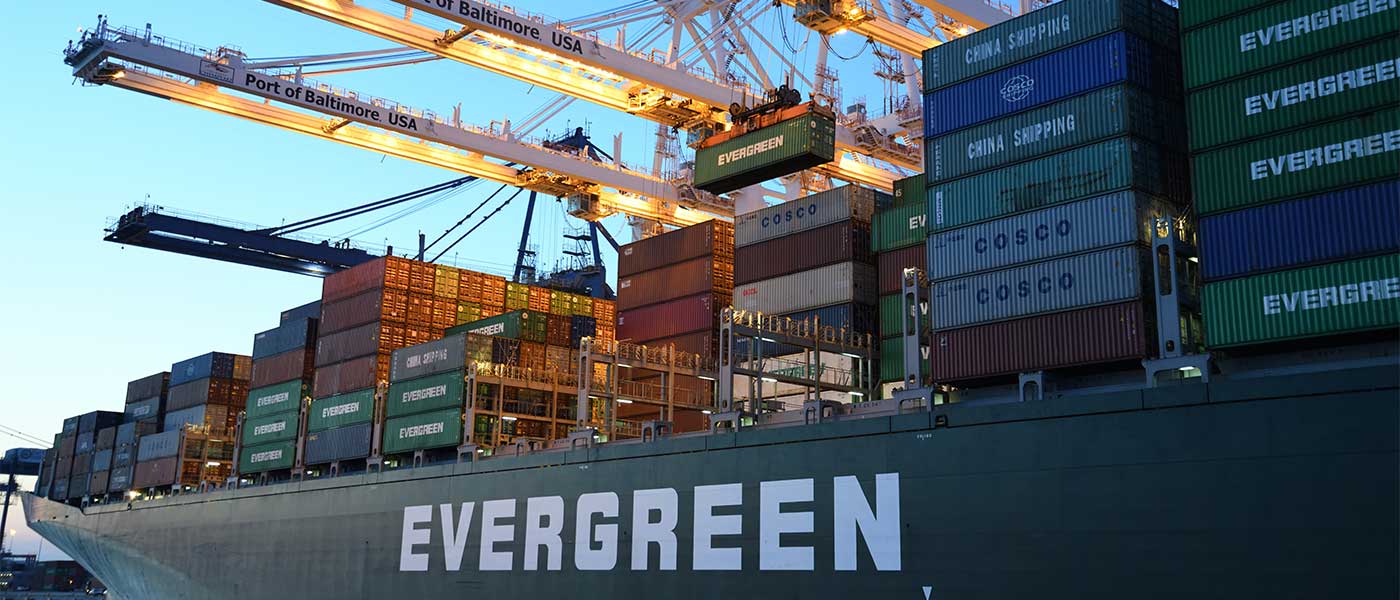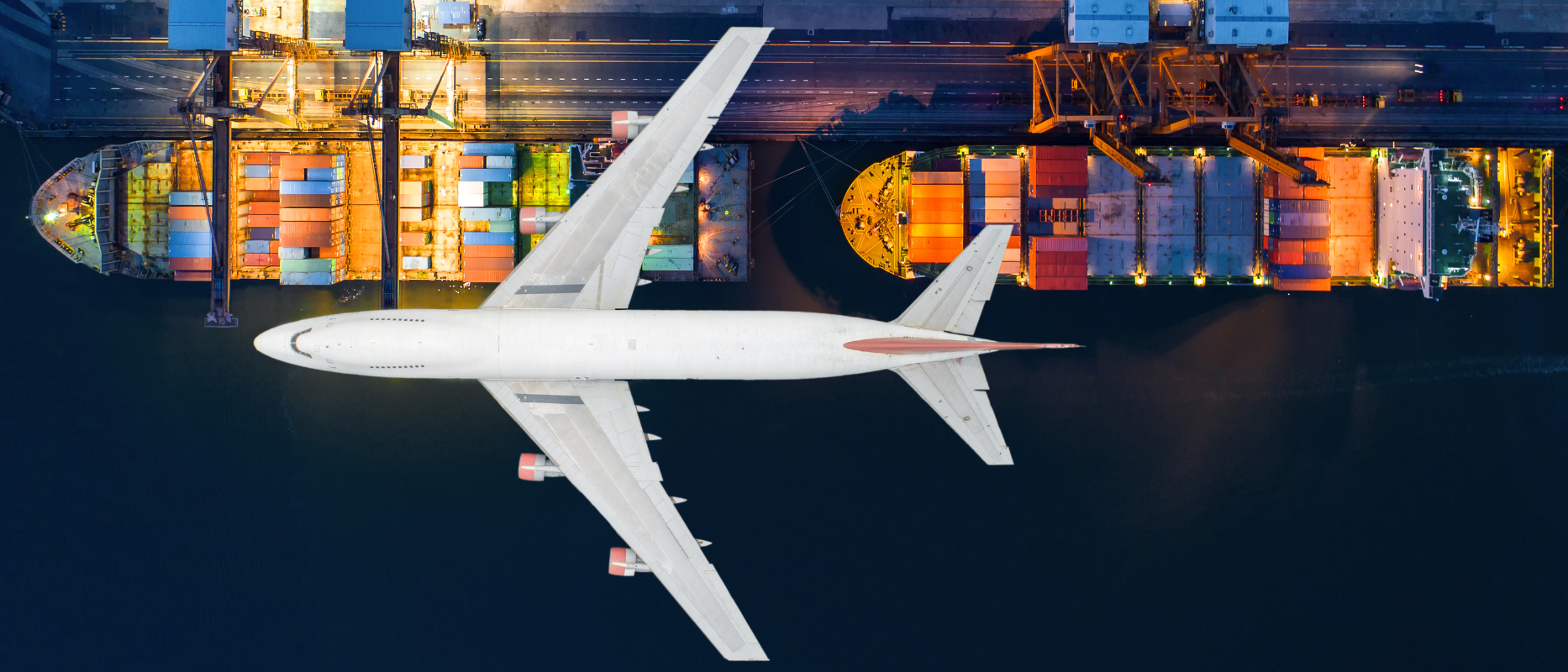When it comes to your E-Commerce business, you put in a lot of work to get it to where it is today. You’ve designed and created the product, founded your online business, and make sure that your existing customers have a great experience. You also brand, write, and most likely take care of your own fulfillment. That’s as far as you go. The next step is to send the product to the end customer. But feels like you’re relinquishing control over one of the most important aspects of your business. Now it’s out there; in a truck, in a plane, and out of your hands until it’s delivered. Then, when customers follow up on shipments, and you don’t have visibility, it can be nerve-wracking. It doesn’t have to be that way, however.
The world of shipping, logistics, and fulfillment can appear to be complex when you’re not familiar with it. Also, the upcoming evolution and trends of courier delivery services are contributing to the benefits of the customers and merchants, which is a must to know. With the right knowledge and thorough planning, you can map out the right processes and shipping strategies to make the best choices for your business.
To demystify the process, we’ve put together an overview of some of the basics of defining your shipping strategy, how to best package, how to anticipate operational and shipping costs with profitability, and how to best streamline your fulfillment and shipping to get your product into the hands of your customers, stress-free.
Your Shipping Strategy
Like anything, you need to start with the basics as a foundation for your shipping strategy. Everything else follows from there.
Decide What Your Pricing Strategy For Shipping Will be
This is a key consideration. Will you pass the full cost of shipping to your customers, or offer free or flat-rate shipping and absorb the cost? What about local delivery? Offering free shipping is one of the best ways to reduce shopping cart abandonment, but that will cut your margins. To make this work, you have essentially 5 options:
- Increase product prices to cover costs for shipping.
- You pay the full price of shipping out of pocket.
- Increase your prices by a small amount to cover a partial portion of your costs.
- Offer free shipping on a minimum order amount to increase your average order size.
- Offer free shipping to a defined local delivery area.
Ideally, offering free shipping is a crucial component of customer satisfaction and retention. Nearly 83% of E-Commerce customers feel that free shipping is the deciding factor in making a purchasing decision. If this is impossible to achieve in the onset of your shipping journey, then charging real-time carrier rates or offering a flat rate are viable options as well. Plenty of E-Commerce and fulfillment platforms offer integration with various local and international carriers.
Calculate Your Shipping Costs
Once you know where the cost of shipping will come from, you can sort out the rest of the details of getting your product out. All shipping couriers base their rates on a combination of factors, including:
- Package Size
- Package Weight
- Origin Address
- Destination Address
- Speed of Delivery
- Tracking
- Insurance
Every available service has slightly different services and options, so it’s best to visit the websites of some popular couriers and local postal service providers to begin comparing which will suit your needs.
A note to the wise: it may be tempting to not invest in the costs of tracking or insurance. Given the recent climate of shipping delays, misdirected packages, and socially distanced staff at shipping centers, it’s best to offer tracking as a default, as well as insure your packages in transit. The end goal is not only to get your product out there but to please the customer and invite them to shop again. This is done with full traceability and accountability.
Decide Between Couriers vs. Postal Services
As a footnote to the above point, a decision needs to be made between international couriers versus your local postal services. In Asia Pacific, there is plenty of choice between private couriers and national service providers, and choosing the right provider can make your shipping process more efficient or more difficult.
On one hand, postal service providers such as SingPost and Pos Indonesia are more affordable, with premium costs for express or end-to-end service. Tracking is limited and the delivery date is an estimate, rather than a hard date. As a state/government agency, however, they have a storied history of nationwide coverage including rural areas for first/last-mile delivery.
On the other hand, domestic and local express couriers are priced at a premium, but are faster, with more accurate delivery times. While their local coverage might not be as robust as postal, they have a national footprint in-country and across the Asia Pacific. Again, it depends on what you can afford to pay, and what you can’t afford to lose when it comes to delivery and timing.
How Will You Package Your Item?
Deciding on a container for your product is more than just about presentation; it’s about functionality too. Before you can leave your item in the hands of a shipping partner, you need to package them for safe transportation. Common options include boxes and envelopes (both padded and not) or poly mailers as well as packing materials to ship your products.
The idea here is to find something secure, safe, but also light and compact enough that you’re not paying anything extra on shipping, since a lot of the costs are the result of size and/or weight. Many shipping partners such as local mail or courier companies offer their own shipping vessels or you can source your own packaging supplier.
It’s also where you can source out how best to label your packages. You don’t want to still handwrite every shipping and return address once you start scaling up. There are plenty of E-Commerce platforms that offer shipping labels via their service, that you can just print and attach to the package.
Anticipate Customs, Taxes, Tariffs, and Duties
If you’re shipping outside of your own country, then you’ll need to include the proper documentation. This is to inform the customs officers at the country of import, what’s in the package, what it costs, and whether it’s a gift or merchandise. You can inquire with your local postal or courier service as to which forms you’ll need and how to complete them. This will ensure that your packages have no trouble moving internationally or get delayed while a customs officer seeks out the missing information, or decides to just return to sender.
As well, if there are any additional customs fees when a package reaches its destination, the customer will be responsible for them. It would be a wise idea to include this information on your shipping policy page to ensure that customers aren’t surprised.
Depending on the destination country, local duties and taxes can add up to a significant charge much higher than the actual shipping cost. In those cases, consider localized fulfillment to make your store competitive with local options. Your Locad E-Commerce Consultant can help to compute a cost comparison.
Keep an Eye on Your Margins
Finally, to be successful at E-Commerce, you always need to be mindful of your profit margins. Shipping is a major expense for merchants and if you’re not diligent enough with your research, you can end up losing money. Many E-Commerce entrepreneurs find themselves shocked once they add up all the costs associated with placing your products into the hands of your customers. Items such as product cost, packaging costs, shipping costs, customs/duties, payment processing fees, and your profit margin can quickly drive up the total cost of the item.
Due diligence and honest accounting at the onset will avoid a surprise later.
Choosing The Right Fulfillment Partner Can Help
If the process of sorting out your shipping solution, on top of other considerations such as affordable and flexible warehousing, managing your supply chain, and distribution is overwhelming, fear not. It’s ok to ask for help and reach out to someone who can assist you manage and scale your E-Commerce business.
A 3PL (third-party logistics) provider can consolidate your shipping services, help with operations, mix and match different types of delivery services to meet your needs, and offer you an affordable system to store, manage and distribute inventory. There are many out there, with different features and products, so doing your homework is a wise idea. The best fit for your E-Commerce business needs to offer a flexible and affordable solution that will offer guidance and help you grow your business.
Locad is such a fulfillment partner. Relying on years of experience, Locad is built to work with both E-Commerce entrepreneurs and Enterprise level clients with dynamic and scalable technology solutions to put your product into the hands of your customers as easily and as quickly as possible. Offering supply-chain-as-a-service, we’re a “one and done” partner for end-to-end fulfillment. Along the way we can also assist you with:
- Order & Inventory Management.
- Demand/Supply Planning.
- Back Office Workflow Automation.
- Order, Inventory & Sales Analytics.
Our solution starts with integration with all of your sales channels ranging from your website to marketplaces and shop platforms such as Lazada, Woo, and Shopify. From there, we store your inventory into our distribution warehouse and fulfillment locations that work for you and help you find the right shipping partners. When an order is placed, we automatically process it and ship it from the nearest fulfillment center. You can then track everything in real-time via our dashboard. Whether it’s domestic or international, we can put your products into the hands of your customers.
Our unique selling proposition is our ability to offer you control. Earlier, we mentioned that the feeling of handing over your products to your shipping partner was akin to relinquishing control. With Locad, it’s the opposite; we put you in control. As a part of our smart supply chain service, we give you access to the Locad Control Tower. This provides you with real-time analytics and lives dashboards to track your sales, order fulfillment, and inventory. Then, once it ships, you can track it to their front door.
As a major shipper, Locad has contracted rates with many courier companies that can lead to significant cost savings vs the rates you pay in the branch or online directly with the courier. Savings on shipping costs can be a major factor to consider a fulfillment partner. With LOCAD’s localised fulfillment network, you can further cut down shipping costs when selling internationally if you opt for localized fulfillment. Opting for in-country fulfillment of your best-selling items can lead to a significant reduction in shipping cost and lead time.
All of these services come with no hidden or surprise costs, and we offer flexible terms and variable fulfillment pricing. There are no lock-in commitments, and you can scale up and down if your products are subject to seasonality, preventing any bottlenecks in the distribution chain, while also not penalizing you for incorrect forecasts. Our aim is to offer you affordable, timely, and efficient solutions, so you can focus on growing your business.











